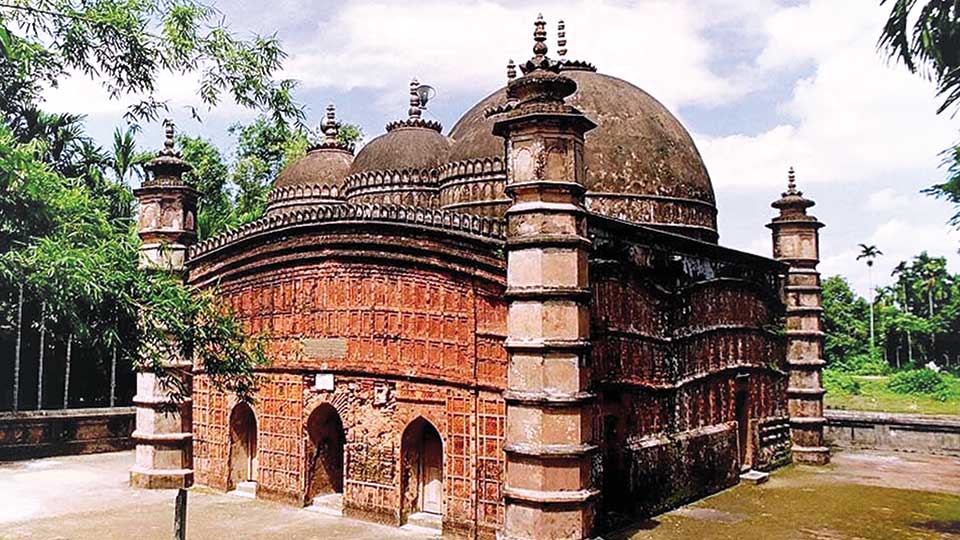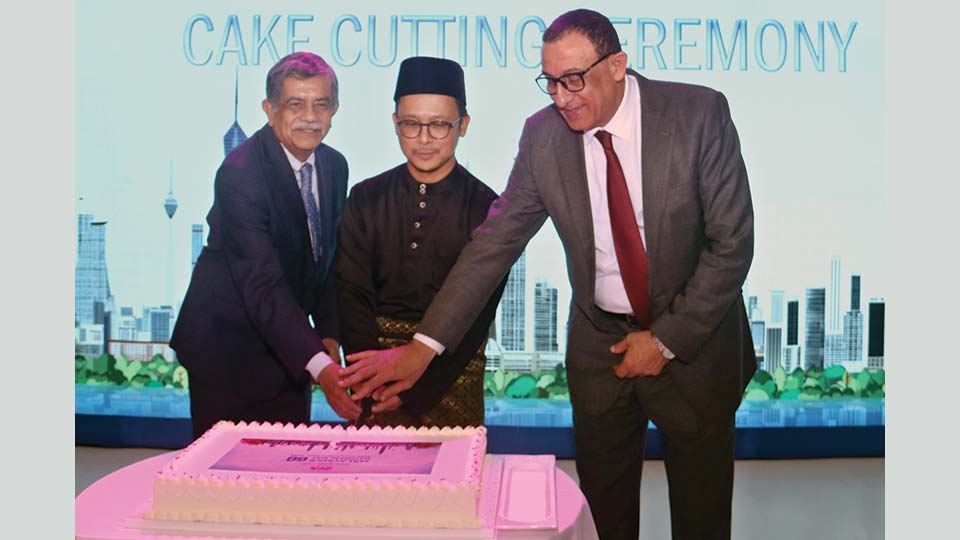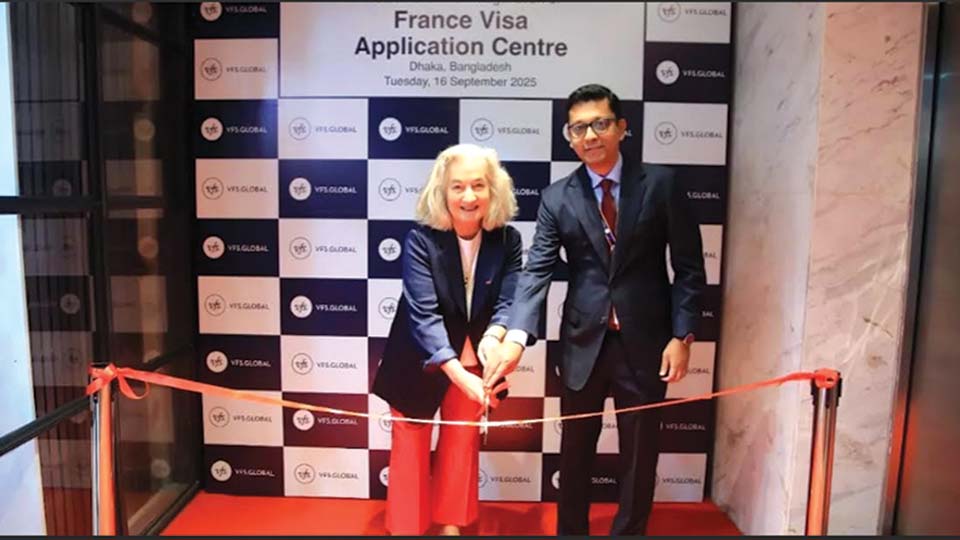
Tangail : History whispers vivid memories of places, things, and people, stirring echoes of a bygone era. Yet, we shirk the duty to preserve the radiant glory that once stood proud, boldly proclaiming its timeless tale of origin.
Forged in the crucible of time, the Atiya Mosque stands as a resplendent testament to a glorious past, its foundations laid four centuries ago. Nestled beside the tranquil embrace of the Louhajang River in the humble village of Atiya, within the Delduar upazila, a mere 6 km from the heart of Tangail district, this architectural marvel radiates an eternal grandeur.
Erected circa 1610-1611 AD, during the reign of Emperor Jahangir, this ancient mosque was commissioned by Sayeed Khan Panni, son of Baizid Khan Panni, as a solemn tribute to the revered saint Shah Baba Kashmiri.
The quiet village of Atiya rose to fame with the arrival of the revered saint Shah Baba Kashmiri, who brought the message of Islam to this corner of Bengal.
Now safeguarded as a protected monument under the Department of Archaeology and Museums of Bangladesh, the Atiya Mosque has undergone two restorations- first in 1837 by Rawshan Khatun Chaudhuri and again in 1909 by Abu Ahmed Gajnabi-after suffering severe damage in the great earthquake of 1800.
The Atiya Mosque found its way into the hearts of millions when it graced the Tk10 note-first in 1978, and again in 1982. Its image on the currency made it a symbol of pride, drawing people from across Bangladesh to Tangail to witness the timeless beauty of the mosque in person.
Crowning the historic mosque are four domes-one grand dome rising in the west and three smaller domes aligned in a graceful row to the east.
The domes of Atiya Mosque are ringed with ornate designs and crowned with delicate minaret-like finials, while four graceful pillars guard its corners.
What truly sets it apart, however, is its mesmerizing terracotta-bricks etched with intricate patterns that have made the mosque a timeless jewel of Bengal's heritage.
The northern and eastern walls of the mosque bloom with floral rosettes and geometric terracotta, carved in perfect circles-a hallmark of Muslim-Bengal artistry. This exquisite craftsmanship has etched Atiya Mosque's place as a timeless jewel of heritage.
The facade of the Atiya Mosque, with its close-set panel decorations, echoes the woven patterns of a humble Bengali villager's grass hut. Yet within its designs, the mosque masterfully fuses the elegance of Sultanate and Mughal traditions, creating a rare harmony of Bengal's architectural heritage.
To the west of the mosque lies a vast water tank, while its walls open through three grand eastern gateways and two smaller entrances on both the north and south sides.
The eastern facade of the mosque is adorned with uniform terracotta panels, each etched with exquisite floral motifs and interspersed with countless small rectangular panels. This intricate artistry echoes the decorative styles seen in Gaur-the ruined city on the India-Bangladesh border-as well as the Jhan Jhania Mosque (1535) and the Kadam Rasul building (1530).
Now in a shabby state, the Atiya Mosque cries out for restoration. Locals urge not only its repair but also the construction of a connecting road to welcome visitors from afar and dream of seeing this historic gem grace future currency notes once again.
The vice president of the mosque management committee said that hundreds, including international tourists, flock to the site every Friday.












